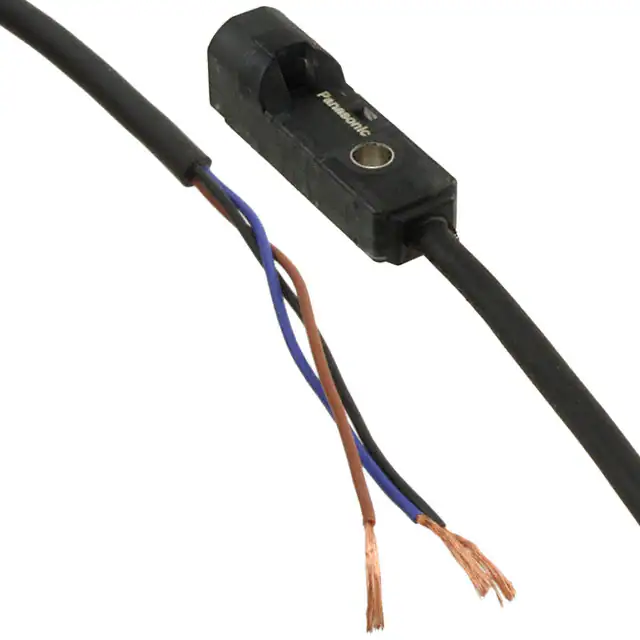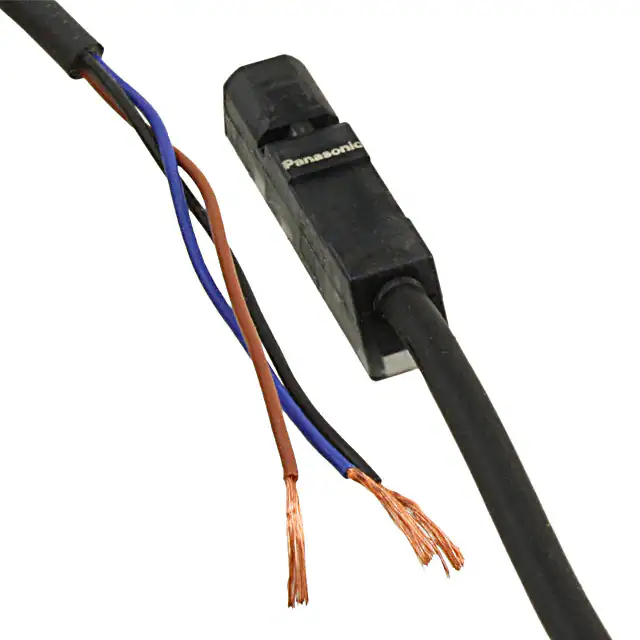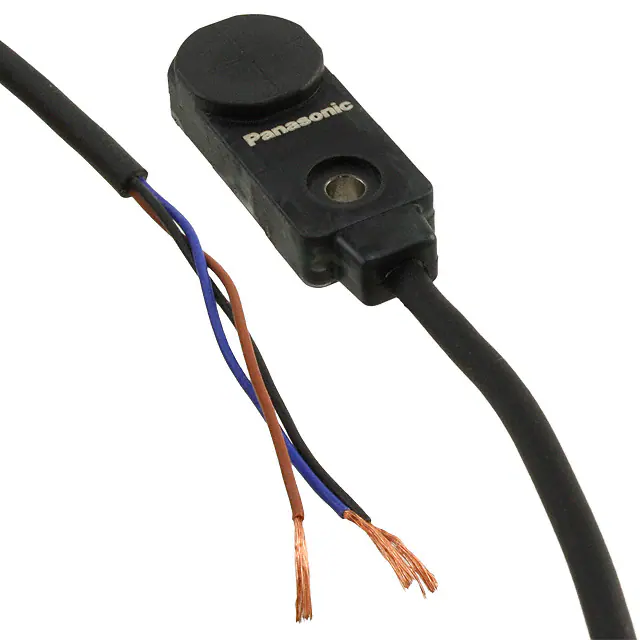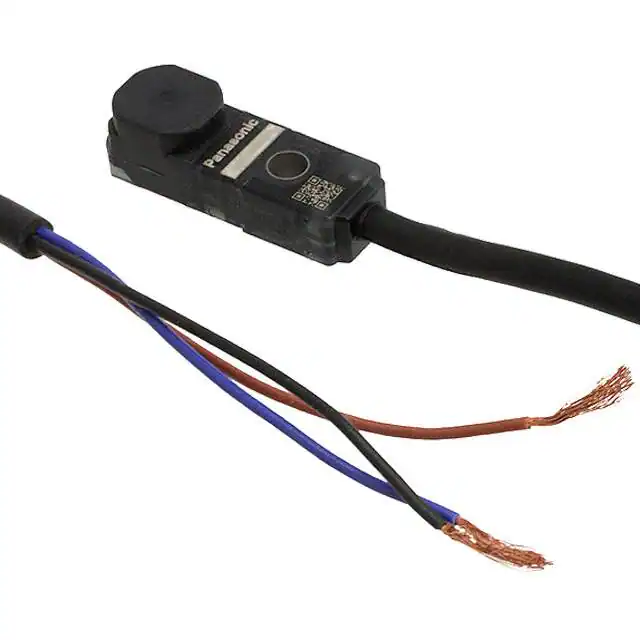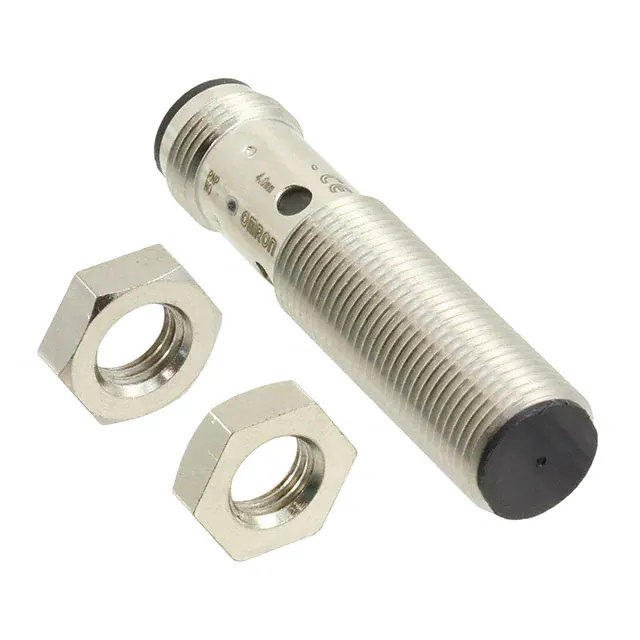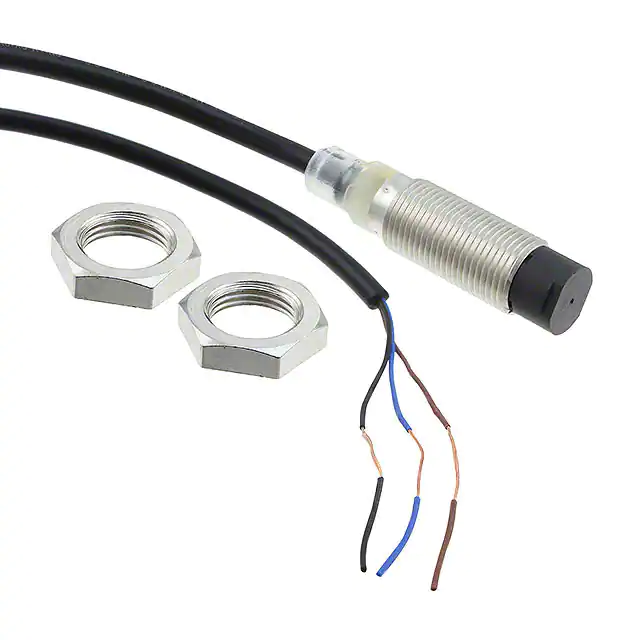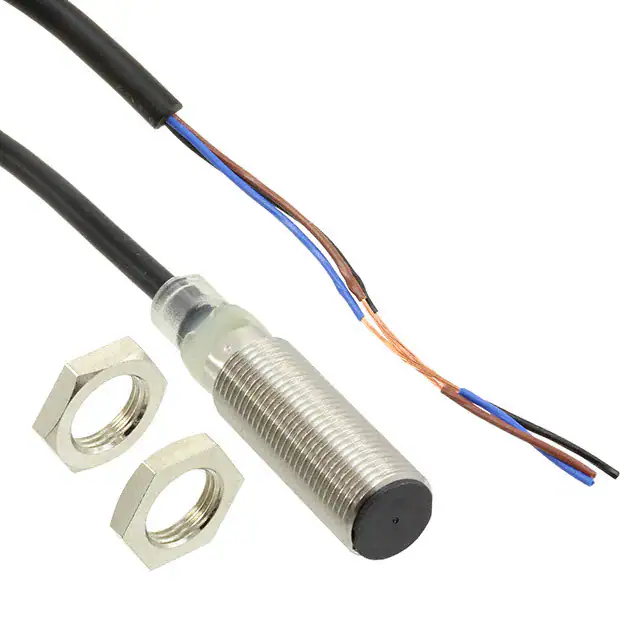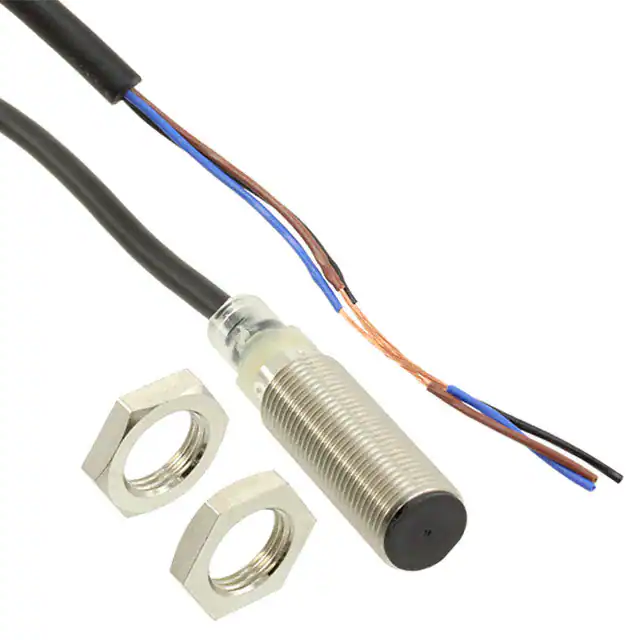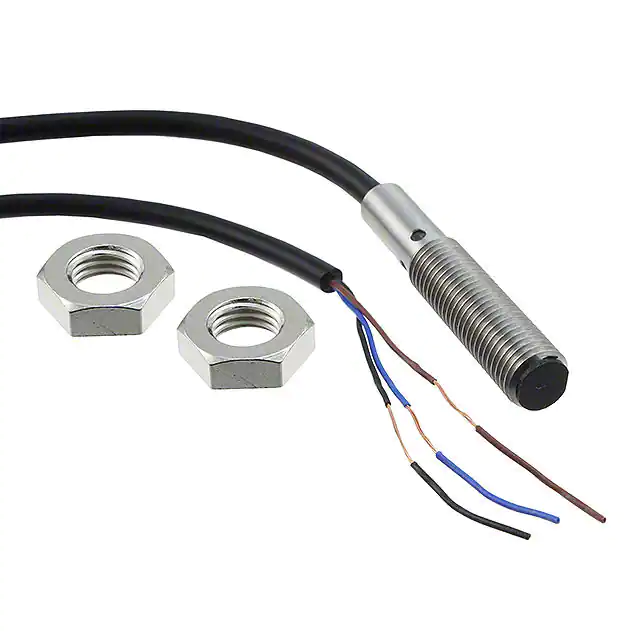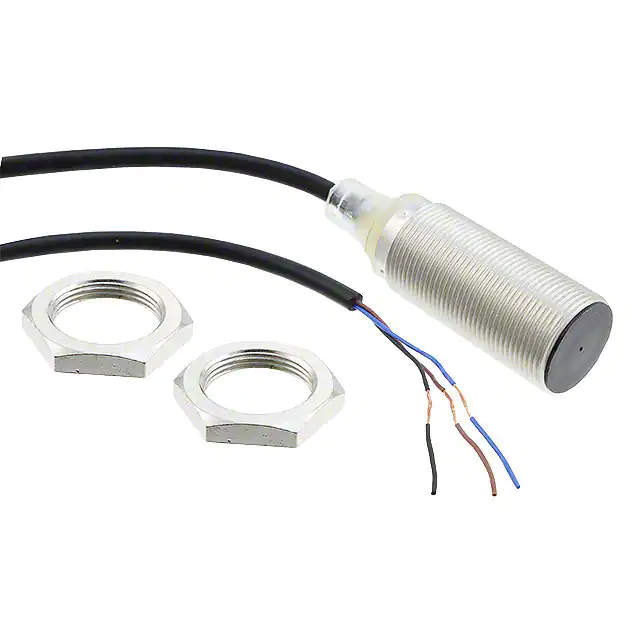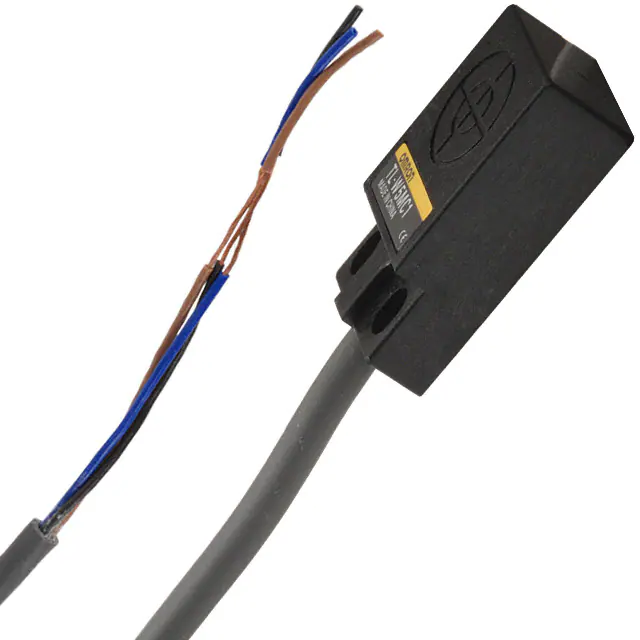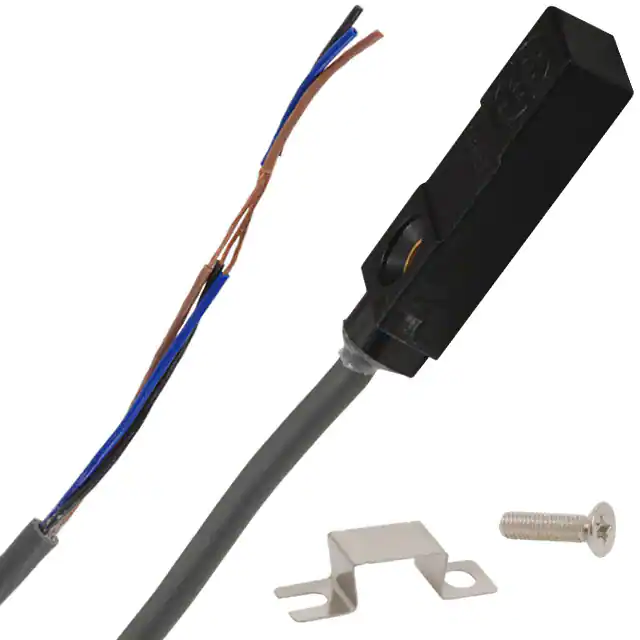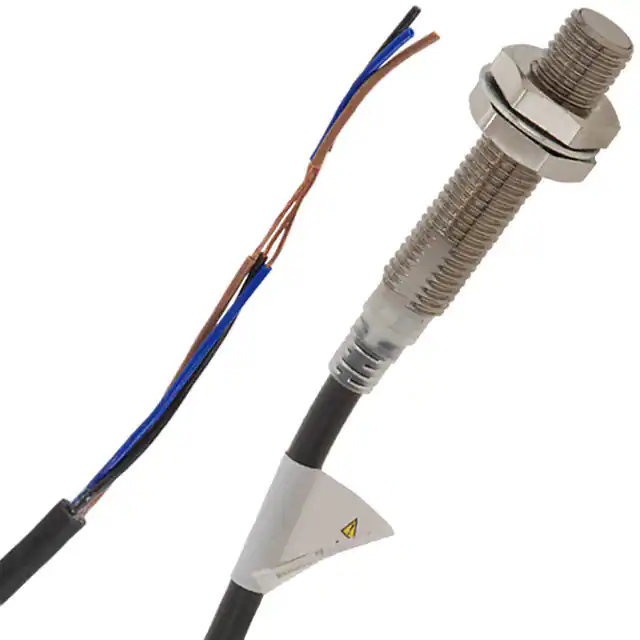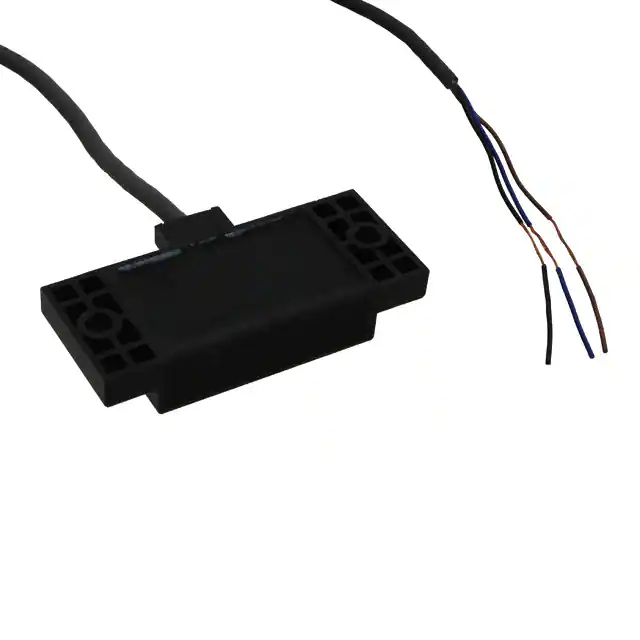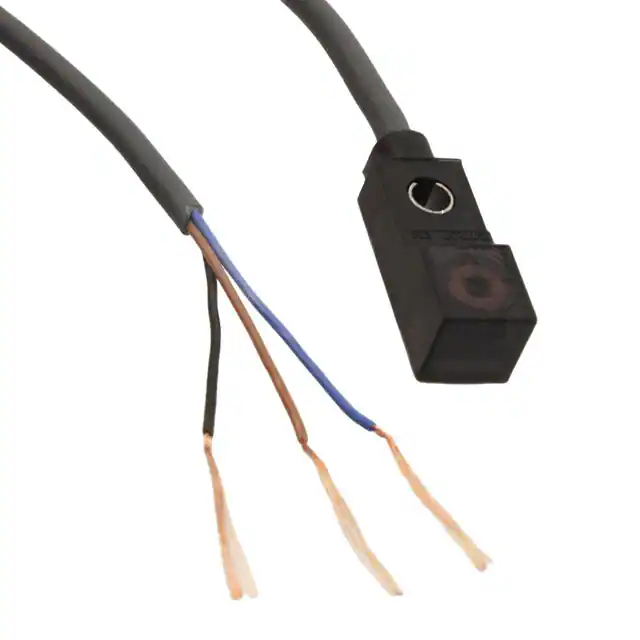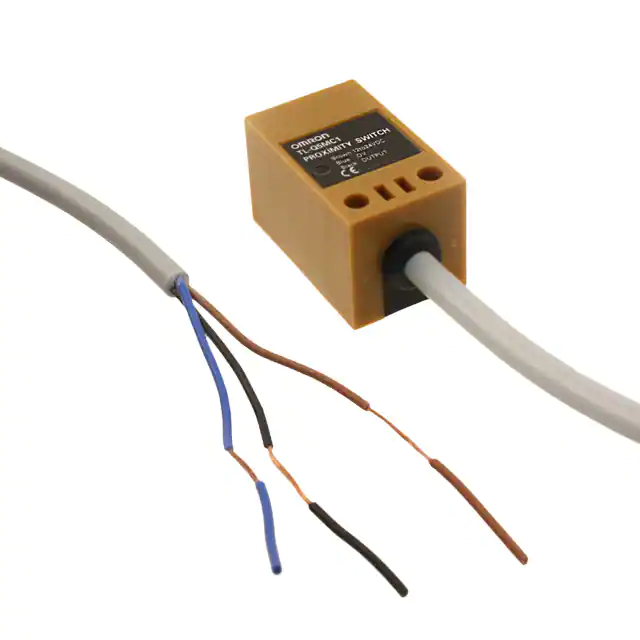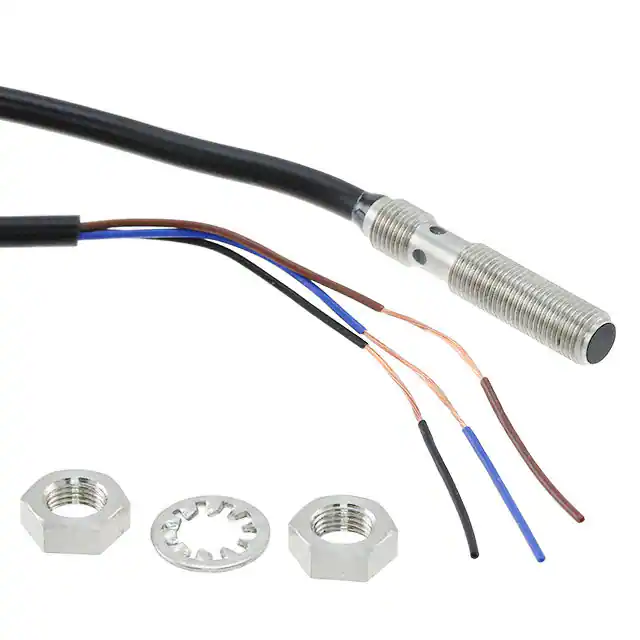Unlocking the Full Potential of the STM32F429IET6 Microcontroller: Tips and Tricks
The STM32F429IET6 microcontroller is a powerful and versatile chip that can be used in a wide range of applications, from motor control to industrial automation to IoT devices. However, harnessing all its capabilities can be challenging, especially if you are new to embedded programming or need to optimize performance and power consumption.
In this blog post, we'll share some tips and tricks for getting the most out of your STM32F429IET6 projects. We assume you have some basic knowledge of C programming and the STM32CubeIDE software development toolchain but we'll try to keep it accessible for beginners too.
Tip 1: Configure the Clocks and Power Modes Carefully
The STM32F429IET6 has a complex clocking scheme that affects the performance, accuracy, and energy consumption of the chip. We recommend that you use a clocking tree diagram to visualize the various clock sources, dividers, and gates and their relationships.
Some key parameters to consider when configuring the clocks are:
The system clock frequency (SYSCLK) and its source (internal or external oscillator)
The bus and peripheral clock frequencies and ratios (AHB, APB, timers, ADC, DAC, etc.)
The power modes and their impact on the clocks, wake-up time, and energy consumption (Run, Sleep, Standby, Shutdown)
Depending on your specific requirements, you may need to adjust some of these parameters to optimize your code's performance and power usage. For example, you could use the low-power modes to reduce energy consumption during idle periods but be aware that they may affect the accuracy, response time, and debug capabilities of your application.
Tip 2: Use DMA and Interrupts Wisely
The STM32F429IET6 supports several advanced features for data transfer and processing, such as Direct Memory Access (DMA) and Interrupts. These can save time and resources by offloading tasks from the CPU, improving the responsiveness and throughput of your system.
To use DMA effectively, you need to identify which peripherals and memories can benefit from it and program the DMA channels and configurations accordingly. You also need to ensure that there are no collisions or overflows between different DMA transfers that share the same resources.
Similarly, Interrupts can be a powerful tool for handling events and exceptions in your application but they can also introduce overhead and complexity. You should carefully choose which interrupts to enable and how to handle their sources and priorities. For instance, you could use nested interrupts or preemption to handle urgent events or time-critical tasks while preserving the system stability and response time.
Tip 3: Optimize the Memory Usage and Data Structures
The STM32F429IET6 has a limited amount of memory, both in terms of Flash (up to 2MB) and SRAM (up to 256 KB). Therefore, it's essential to manage these resources efficiently and avoid wasteful or inconsistent use.
Some best practices for memory optimization are:
Use the right data types and sizes for your variables and arrays (e.g., uint8\_t vs uint32\_t, packed structures)
Align your data structures and buffers to the appropriate boundaries (e.g., 32-bit or 64-bit)
Avoid dynamic memory allocation (malloc, free) as much as possible and prefer static allocation or stack-based variables
Minimize the code and data duplication and use code compression if available
Use the flash memory for read-only code and data and the SRAM for read-write data and stack
By following these guidelines, you can reduce the memory footprint of your code, improve the performance, and avoid common memory-related errors such as stack overflow or buffer overrun.
Tip 4: Test and Debug Your Code Regularly
No matter how well you design and program your STM32F429IET6 application, there will always be bugs, glitches, and compatibility issues that may arise during runtime. Therefore, it's crucial to validate your code and hardware regularly and diagnose any problems as soon as possible.
Some recommended practices for testing and debugging your code are:
Write unit tests for your functions and modules to validate their behavior and catch errors early on
Use a debugger (e.g., Segger J-Link) to step through your code and monitor variables, registers, and memory contents
Use a logic analyzer or oscilloscope to check the signals and timing of your digital circuits and interfaces
Test your code in various scenarios and edge cases to ensure its robustness and compatibility
Have a system for logging and reporting errors and exceptions during runtime
By investing time and effort in testing and debugging, you can save yourself the hassle and cost of field failures, recalls, and reputation damage.
Conclusion
The STM32F429IET6 microcontroller is a versatile and powerful chip that can power a wide range of applications. By following some of the tips and tricks we've shared in this blog post, you can unlock its full potential and optimize its performance, power consumption, and reliability. Whether you're a seasoned embedded developer or a beginner, we hope you've found these insights helpful and inspiring. Happy coding!
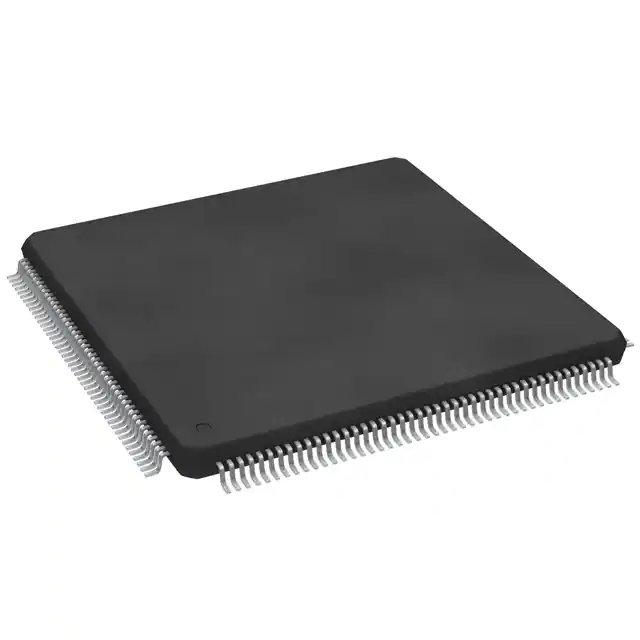
STM32F429IET6
- Part Number :
- STM32F429IET6
- Manufacturer :
- STMicroelectronics
- Description :
- IC MCU 32BIT 512KB FLASH 176LQFP
- Datasheet :
-
 STM32F429IET6.pdf
STM32F429IET6.pdf
- Unit Price :
- Request a Quote
- In Stock :
- 2040
- Lead Time :
- To be Confirmed
- Quick Inquiry :
- - + Add To Cart
Request a Quote
STM32F429IET6 Specifications
- Package/Case:
- 176-LQFP
- Packaging:
- Tray
- Series:
- STM32F4
- ProductStatus:
- RoHS
- CoreProcessor:
- 180MHz
- CoreSize:
- 256K x 8
- Speed:
- 32-Bit
- Connectivity:
- -
- Peripherals:
- Active
- NumberofI/O:
- Brown-out Detect/Reset, DMA, I²S, LCD, POR, PWM, WDT
- ProgramMemorySize:
- CANbus, EBI/EMI, Ethernet, I²C, IrDA, LINbus, SPI, UART/USART, USB OTG
- ProgramMemoryType:
- Surface Mount
- EEPROMSize:
- 140
- RAMSize:
- ARM® Cortex®-M4
- Voltage-Supply(Vcc/Vdd):
- A/D 24x12b; D/A 2x12b
- DataConverters:
- Internal
- OscillatorType:
- 512KB (512K x 8)
- OperatingTemperature:
- FLASH
- MountingType:
- -40°C ~ 85°C (TA)
STM32F429IET6 Guarantees

-
Service Guarantees
We guarantee 100% customer satisfaction.
Our experienced sales team and tech support team back our services to satisfy all our customers.

-
Quality Guarantees
We provide 90 days warranty.
If the items you received were not in perfect quality, we would be responsible for your refund or replacement, but the items must be returned in their original condition.
Certified Quality
 View the Certificates
View the Certificates

